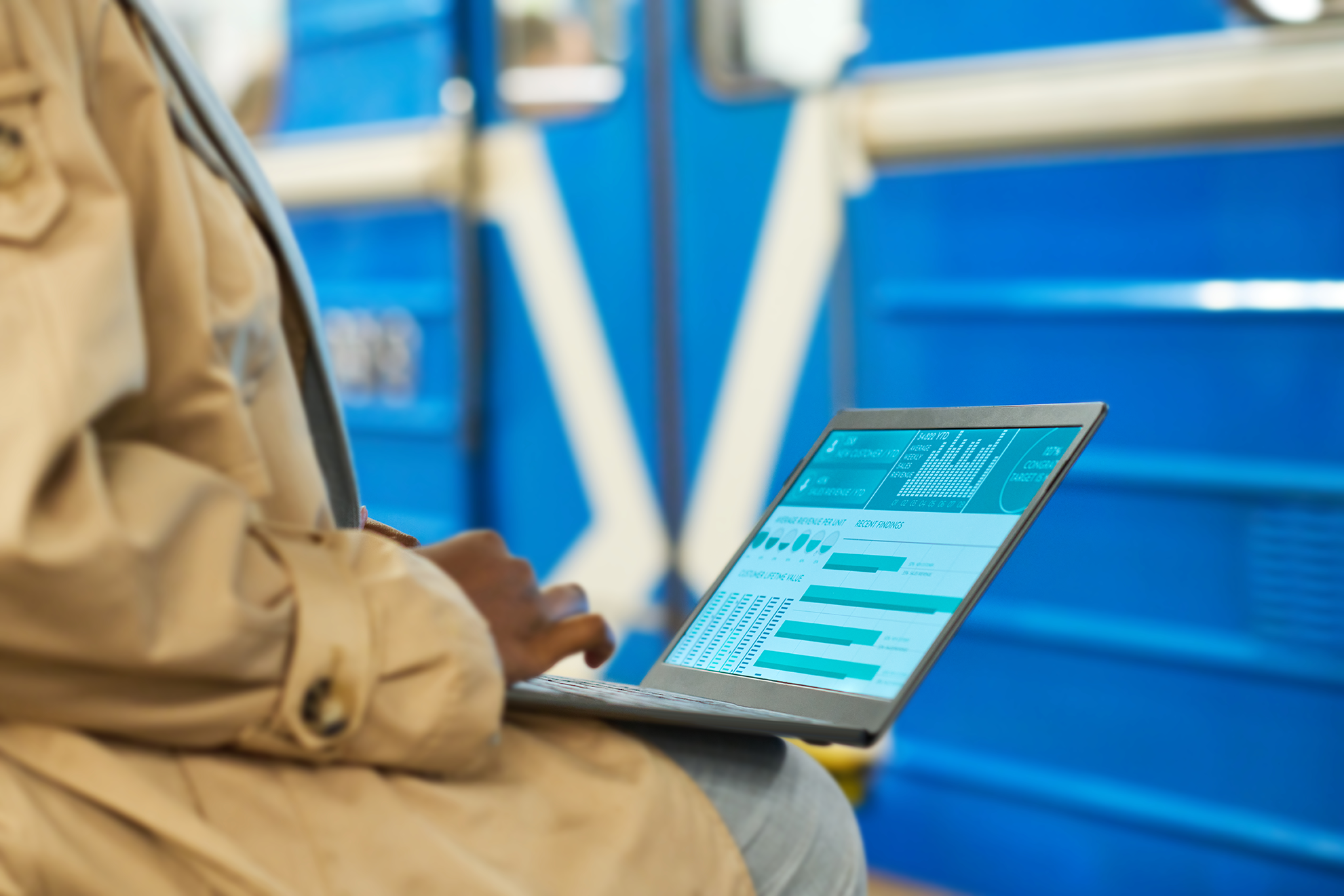
We face a variety of water management challenges, from torrential rainfall due to the effects of climate change to leaks in supply networks or unwanted infiltration in sanitation networks due to deteriorating infrastructure.
These challenges, combined with high operational and maintenance costs, require the implementation of technologies to ensure:
- Transparency:
Transparent management of water resources (e.g. Catchment points or discharges) and of Sanitation Systems, with monitoring of their operation: e.g. In sanitation and urban drainage in the face of torrential rains and, in supply systems, with monitoring of demand from different water uses (citizens, industry or commerce).
- Detection of infiltrations:
Identification of areas where unwanted water enters the network, helping to reduce the volume that needs to be treated.
- Cost Optimisation and Management Efficiency:
Cost savings through process and time optimisation.
Digitalisation is an essential tool for optimising water management, connecting the physical and digital worlds and providing a complete vision of the entire water cycle. Artificial Intelligence, IoT and big data play key roles in improving its management and control. These technologies, developed in LIFE RESEAU, stand as a bridge from the challenges currently faced to the benefits to be gained by addressing them through their use.
In terms of RESEAU’s digital technologies, we highlight the SiiMS platform. This platform simulates the sanitation network by installing sensors that collect parameters such as level, flow or chemical characteristics of the water circulating through the network. Thanks to this, unwanted infiltrations can be analysed. In addition, the collection and analysis of data through artificial intelligence allows management companies to make more informed and efficient decisions regarding the daily operation of the network, the WWTPs and their maintenance.
Complementary to SiiMS technology, ABR technology is being developed which, from the operational point of view of wastewater treatment plants, contributes to improving their efficiency. Thus, with its use, they are able to treat a larger gross volume of water without requiring physical extensions. The technology is being tested in two variants, MABR and CAS, at the Søndersø and Moaña WWTPs.
Finally, as a third and last technology, the application of a module for the treatment of rainwater collected at times of heavy rainfall is being investigated. It allows for the temporary storage of this water so that it can be treated at the most convenient time. Efficient water management in the face of climate and infrastructure challenges requires a comprehensive digital transformation.
The implementation of technologies such as the SiiMS platform offers a complete and accurate view of the water cycle. At LIFE RESEAU, the SiiMS platform and innovative ABR and stormwater treatment solutions will demonstrate their ability to optimise operations and improve sustainability through innovation and efficiency.

